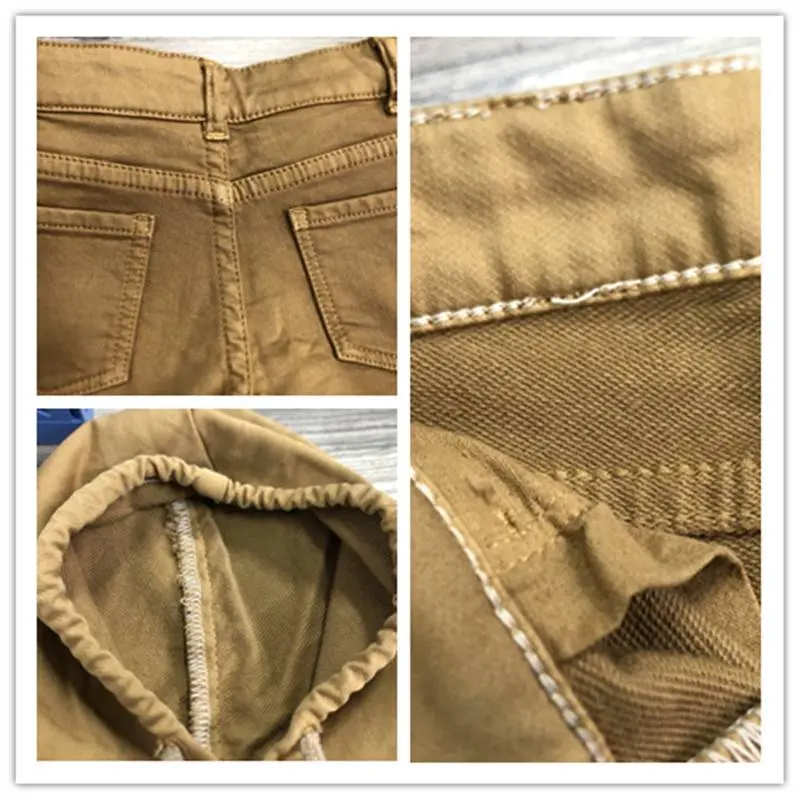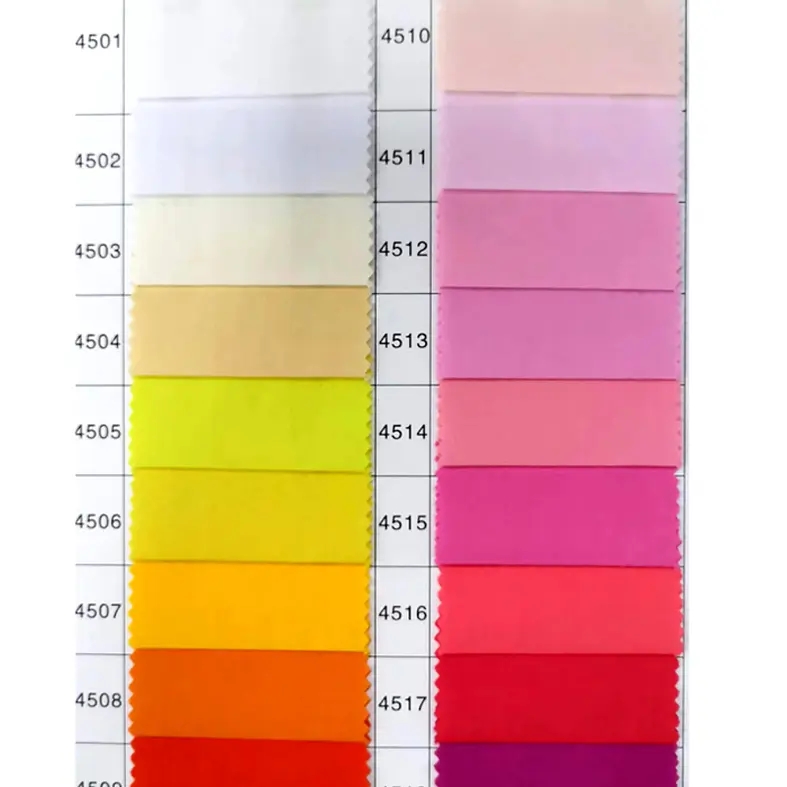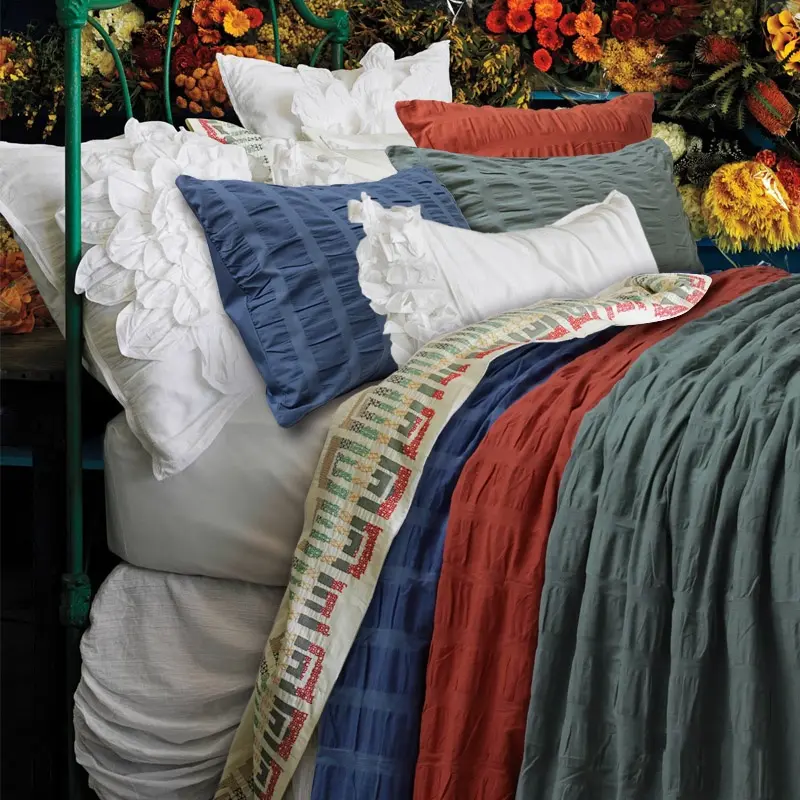Explanation 1: “Light up”
Generally speaking, the phenomenon of “lighting up” refers to the phenomenon of “homochromatic metamerism”:
Two color samples (one standard and one comparison sample) appear to be of equal color (no color difference or small color difference) under one light source (such as D65), while they exhibit significant color difference under another light source (such as A), which is called the “homochromatic metamerism” phenomenon
For this situation, we can describe it as’ lighting up '. That is to say, whether the sample can be matched with the standard sample for color matching depends on selecting a specific light source.
The fundamental reason is that the two samples have different reflections of light (reflection spectrum curves or visible band reflectivity), so it is called “Metamerism”.
The reasons for the “abnormal spectrum” include:
A, Cov muaj pes tsawg leeg ntawm pigments siv rau staining yog txawv;
B 、 Cov txheej txheem sib txawv, thiab lwm yam
Explanation 2: “Jumping lights”
In fact, when we talk about “Tao light” in daily life, besides the above meaning, there is another layer of meaning:
It refers to the situation where a single color sample undergoes dramatic color changes under different light sources. At this point, it can be described by “jumping the light”.
So, “jumping the light” can also be said to be a sample.
Piv txwv li, dye engineer ntawm CIBA yuav hais thaum pom zoo dye CIBA DEEP RED: Cov xim no tsis dhia liab hauv qab lub teeb A.
(Tus kws sau ntawv nkag siab nws lub ntsiab lus tias txawm hais tias Lub teeb ci muaj ntau lub teeb liab thiab daj, cov xim CIBA DEEP RED yuav tsis hnov ntau redder dua li hauv qab D65 lub teeb ci.)
Post lub sij hawm: May. Peb 10, 2023 00:00



















 Daim tawv nqaij
Daim tawv nqaij Ntau yam
Ntau yam Durable
Durable Assured
Assured
